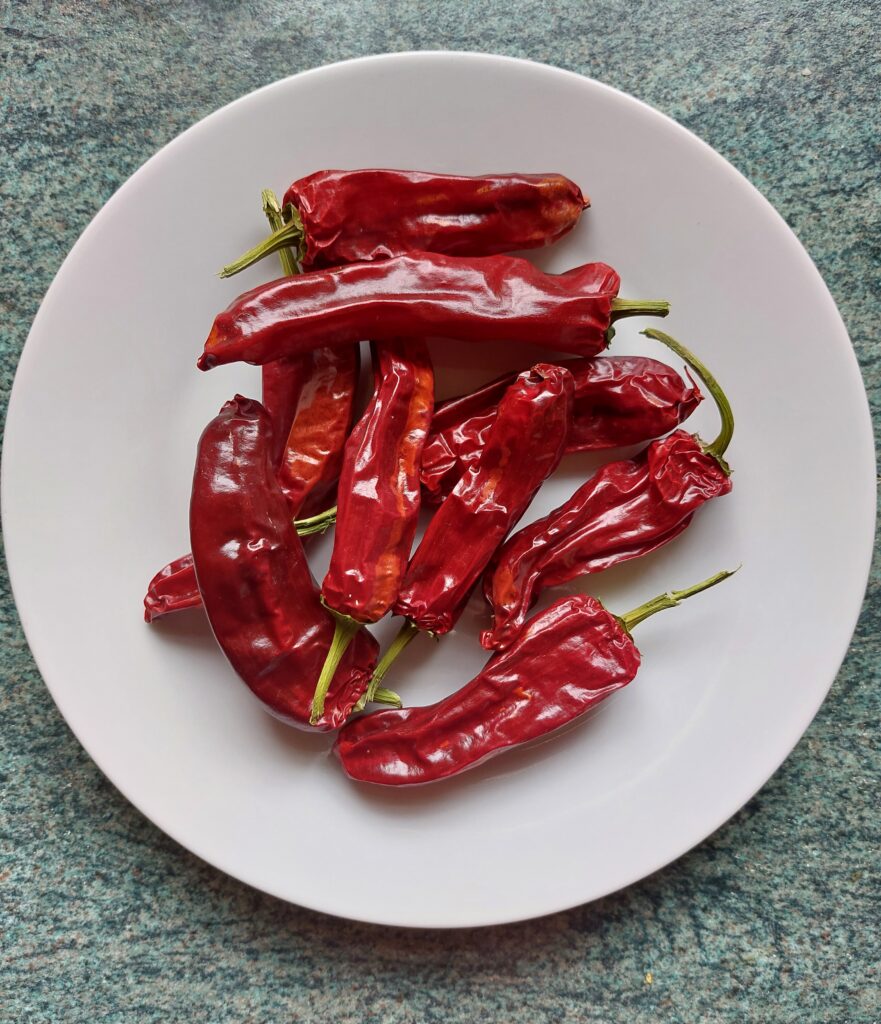Here at Harvest on the Heath we endeavour to sell our produce free from plastic wherever possible. However, this can cause a few issues in terms of the shelf-life. Here are a few simple tips and tricks to make the veg go that bit further!
A herbal bouquet
We supply our freshly cut herbs in fully compostable, clear bags made from sustainable wood pulp. Whilst this type of packaging is great for wrapping and transporting, it is sadly not as good as plastic in preserving the herbs for a long while. We recommend removing the herbs from the bag on arrival and transferring them to a glass of clean water, which should be replaced with fresh water daily. Not only will your herbs last longer, but you’ll have a pretty herbal bouquet to admire at the same time!
Get savvy on temperatures
Whilst some produce will store better in cold conditions (think salads and leafy veg), some are best left at room temperature, and others like it a little warm! Potatoes, onions and garlic, for example, are best left in cool room temperatures with plenty of air circulation, whereas squashes and pumpkins, in our experience, can last for months at a usual room temperature. Although tomatoes might last longer in the fridge, the cooler climes will erase those lovely sun-ripened flavours and are better placed into paper bags and kept at cool room temperature.
It’s freezing in here!
A great way to keep veg longer is to freeze it. Evidence suggests that freezing can preserve nutrient value in produce, so it is best to freeze on the day you receive your produce, when it is in peak condition. Many vegetables benefit from blanching (dropping briefly into boiling water) before being frozen to preserve both the flavour and colour. A simple Google will tell you which ones need blanching, and for how long.
Fermenting fun
Fermenting is a relatively simple way to preserve fruit and vegetables, and even has interesting health benefits done this way. Fermentation essentially promotes the growth of “good” bacteria whilst extending the shelf life, and is very good for a healthy gut. Examples of ferments include kimchi, sauerkraut, pickles and fermented salsa. Many, many things can be fermented, but a good starting point for a beginner would be things like cabbage, carrots, cauliflower, cucumbers, turnips and kohlrabi. Vegetables are chopped or grated and added to brine, which starts the natural fermentation process and the result can be incredibly flavourful. In order to do this safely and effectively, a good book on fermentation would get your imagination flowing and teach you the essential techniques.
Hanging out to dry
Isn’t it annoying when you buy a whole bag of chillies and they are so fiery you can only use one in your dish? Drying is the answer. Either use a dehydrator or simply string the chillies up in a dry, warmish room until they are shrivelled, hard and light in weight, then store in paper bags in your cupboard. You can add a whole one into a curry (much like a bouquet-garni, remember to fish it out before serving), or blitz them up in a food processor to make your own chilli powder.


